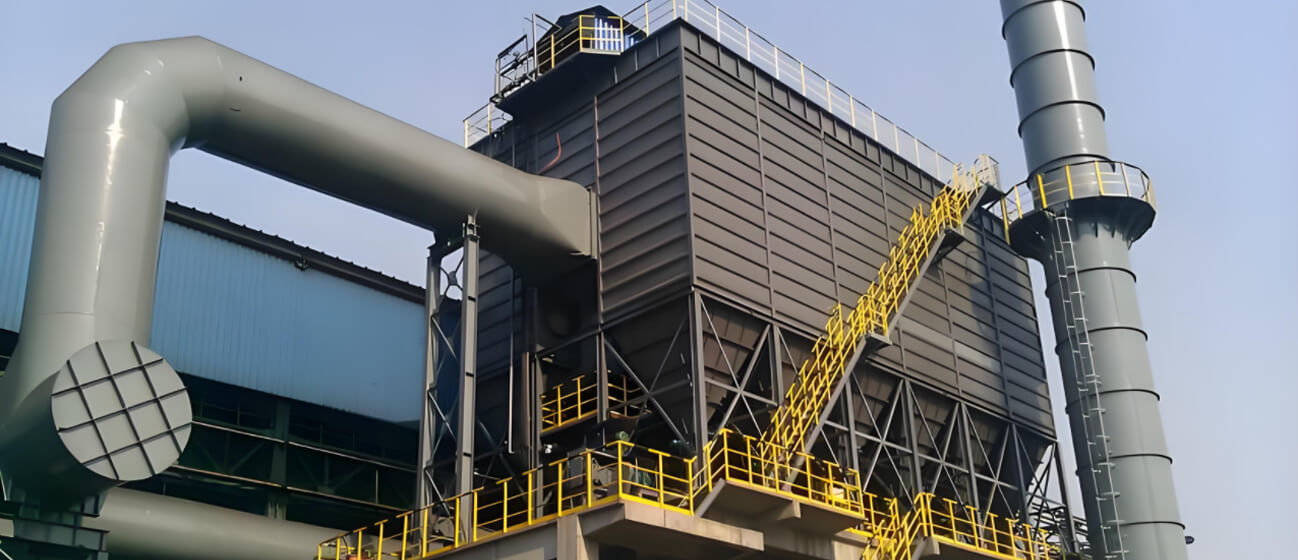Understanding Industrial Lead Furnaces: Key Insights for Optimizing Metal Processing
Jul 15,2025

Industrial lead furnaces are specialized thermal devices used primarily in the metal processing industry, particularly for melting and processing lead and its alloys. These furnaces play a crucial role in the production of batteries, radiation shielding, and various other applications that require lead. The operation of an industrial lead furnace involves precise temperature control and a careful balance of energy efficiency, safety, and environmental considerations.
One of the primary functions of an industrial lead furnace is to achieve the high temperatures necessary for lead melting. Lead has a relatively low melting point of approximately 327.5 °C (621.5 °F), which makes it feasible for industrial furnaces to operate efficiently. However, the design and technology of these furnaces must ensure consistent heating without overheating, which can lead to oxidation or other undesirable reactions.
In addition to melting lead, these furnaces are also utilized for refining the metal. This process often involves removing impurities that can affect the quality of the final product. The effectiveness of an industrial lead furnace in achieving high purity levels is due to the controlled atmosphere within the furnace, which minimizes contamination and optimizes the refining process.
Safety is a paramount concern when operating industrial lead furnaces. Lead exposure can pose significant health risks to workers, including respiratory issues and other chronic conditions. As such, modern industrial lead furnaces are designed with advanced safety features. These may include integrated exhaust systems that manage fumes and dust, as well as temperature monitoring and control systems that ensure safe operation.
Another important consideration is the energy efficiency of industrial lead furnaces. With rising energy costs and a growing emphasis on sustainability, manufacturers are increasingly seeking furnaces that minimize energy consumption while maintaining performance. Innovations in furnace design, such as improved insulation and the use of regenerative burners, can contribute to a more sustainable operation.
Furthermore, the environmental impact of industrial lead furnaces cannot be overlooked. The industry is governed by strict regulations regarding emissions and waste management. Therefore, incorporating eco-friendly technologies and practices is essential for compliance and corporate responsibility. This may include implementing closed-loop systems for waste heat recovery and utilizing cleaner fuels.
In conclusion, industrial lead furnaces are vital components in the metal processing sector, particularly for those working with lead. By understanding their operation, safety protocols, and the importance of energy efficiency and environmental responsibility, manufacturers can optimize their processes for better performance and sustainability. As the industry evolves, staying informed about advancements in furnace technology will be crucial for maintaining competitive advantage and ensuring the health and safety of workers and the environment.
One of the primary functions of an industrial lead furnace is to achieve the high temperatures necessary for lead melting. Lead has a relatively low melting point of approximately 327.5 °C (621.5 °F), which makes it feasible for industrial furnaces to operate efficiently. However, the design and technology of these furnaces must ensure consistent heating without overheating, which can lead to oxidation or other undesirable reactions.
In addition to melting lead, these furnaces are also utilized for refining the metal. This process often involves removing impurities that can affect the quality of the final product. The effectiveness of an industrial lead furnace in achieving high purity levels is due to the controlled atmosphere within the furnace, which minimizes contamination and optimizes the refining process.
Safety is a paramount concern when operating industrial lead furnaces. Lead exposure can pose significant health risks to workers, including respiratory issues and other chronic conditions. As such, modern industrial lead furnaces are designed with advanced safety features. These may include integrated exhaust systems that manage fumes and dust, as well as temperature monitoring and control systems that ensure safe operation.
Another important consideration is the energy efficiency of industrial lead furnaces. With rising energy costs and a growing emphasis on sustainability, manufacturers are increasingly seeking furnaces that minimize energy consumption while maintaining performance. Innovations in furnace design, such as improved insulation and the use of regenerative burners, can contribute to a more sustainable operation.
Furthermore, the environmental impact of industrial lead furnaces cannot be overlooked. The industry is governed by strict regulations regarding emissions and waste management. Therefore, incorporating eco-friendly technologies and practices is essential for compliance and corporate responsibility. This may include implementing closed-loop systems for waste heat recovery and utilizing cleaner fuels.
In conclusion, industrial lead furnaces are vital components in the metal processing sector, particularly for those working with lead. By understanding their operation, safety protocols, and the importance of energy efficiency and environmental responsibility, manufacturers can optimize their processes for better performance and sustainability. As the industry evolves, staying informed about advancements in furnace technology will be crucial for maintaining competitive advantage and ensuring the health and safety of workers and the environment.
TAG:
Previous:
Contact Us
Company Email:
962452762@qq.com
Contact Number:
+8615670922562
Company Address:
No. 11 Plant, Tiantan Industrial Park, Huling Industrial Cluster, Jiyuan City


